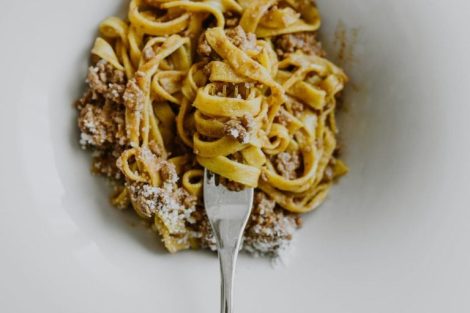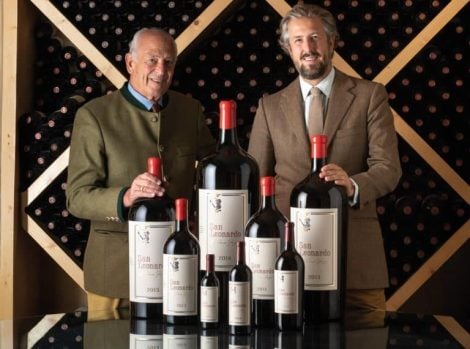The perfect pairing does not exist. The search ends before it begins. This is because there isn't a universally valid pairing that can be called perfect. The adjective is demanding, possessing objectifying and absolutist value. Perfection doesn't lend itself to distinctions of any kind. However, many individual perfect pairings can exist. Each of us has one. It crosses our tastes, lived experiences, and memories sedimented in some remote corner of our minds. It can also be based on surprise, on the unprecedented encounter of flavours or on the harmonious contrast of apparently incompatible ingredients. The only method to hunt for the perfect pairing is to practise curiosity, shedding every preconception.
What to drink with panettone
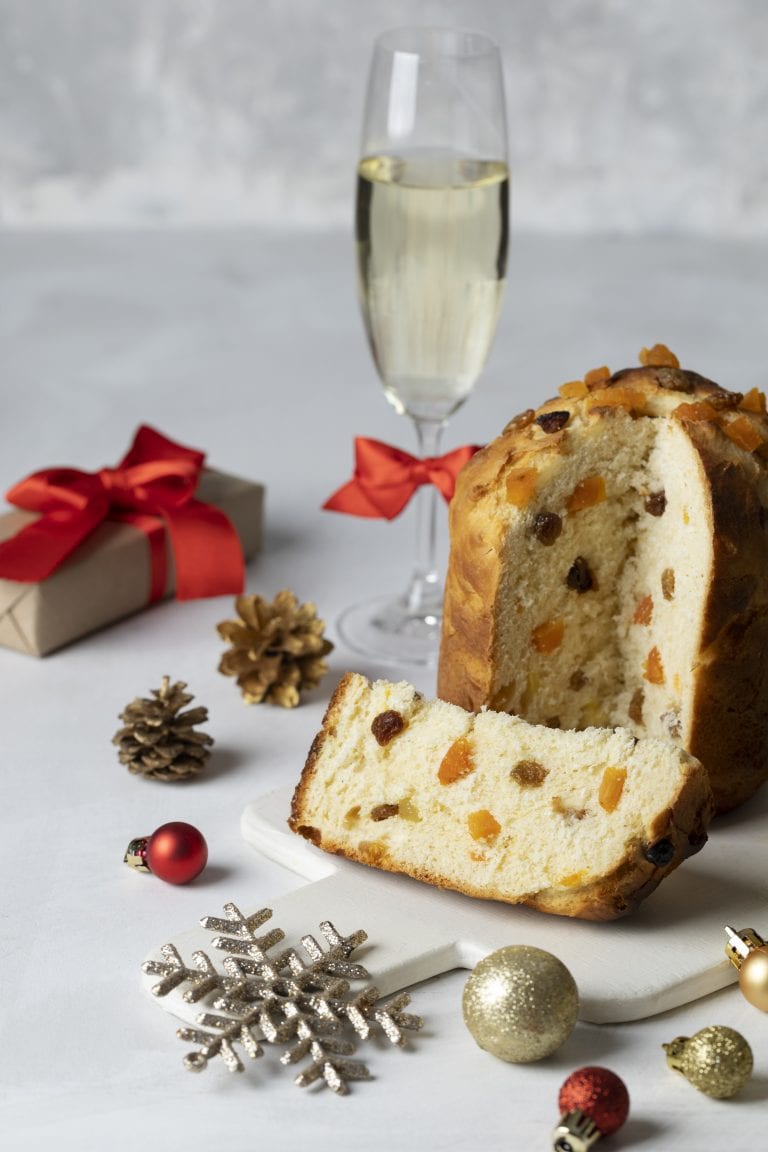
Panettone is the quintessential symbol of Christmas. A sweet bread of probable Renaissance descent, later redeemed from oblivion thanks to the work of Angelo Motta in 1919. Its confectionery industry in Milan has spread it throughout Italy, making it an iconic identity. A story that goes hand in hand with that of the Veronese Pandoro.
Let's clear up misunderstandings right away: both are products of industrial origin, conceived and produced for decades to satisfy mass consumption. Its artisanal version is much more recent and, riding on overwhelming success, today sees almost all the best pastry chefs involved in its production. Intense scents of butter, candied orange and citron, delicate sensations of vanilla, and raisins are the key flavour markers to contend with when filling the glass.
Thinking outside the box
Like cantucci with Vinsanto, panettone is traditionally paired with Moscato d'Asti or Asti Spumante in a combination that always works but which we will attempt to bypass, leaving to white Moscato the task of breaking other conventions. Just as we won't disturb other fragrant alternatives such as Moscato Fior d'Arancio Spumante Dolce produced in the fascinating territory of the Colli Euganei.
Harmony
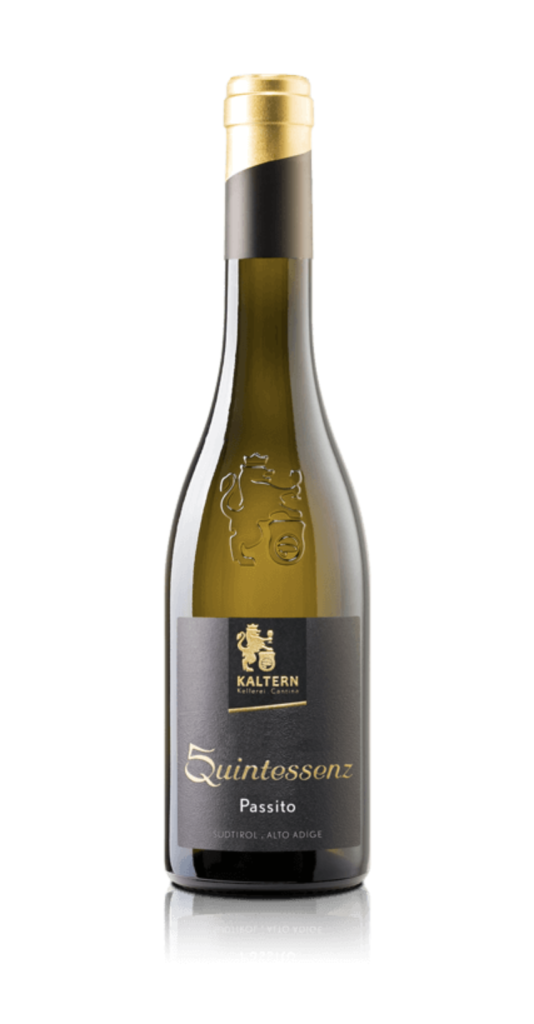
The Moscato family remains an excellent choice when proceeding by agreement. To complement the aromas of panettone, one can rely on Moscato yellow grapes, which in Alto Adige give rise to the seductive Alto Adige Quintessenz Passito 2019 from Cantina di Caldaro/Kaltern. The overripe grapes are further allowed to dry in a fruit cellar for an additional five months. The wine matures in tonneau for two years before expressing the rich smell of candied citrus, honey, and orange peel found in a smooth palate, with a deep aromatic imprint and significant gustatory persistence.
Contrast
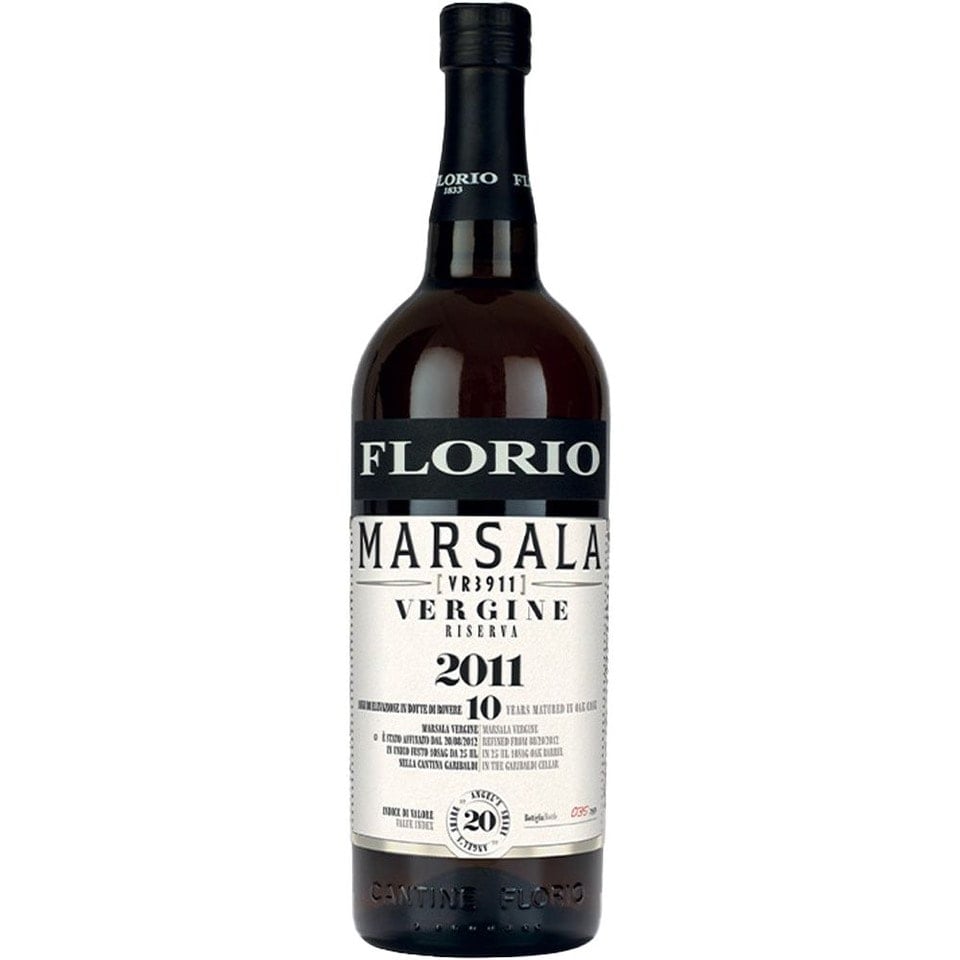
Pairing can also play by contrast, creating dissonances that can vibrate the palate more frequently in the taste diapason. Try a sip of Marsala Vergine Riserva 2011 Florio, awarded as meditation wine of the year on Vini d'Italia 2024: a suggestive and layered nose of dried fruit, honey, dried orange mix with evident briny hints born of maturation for a solid 10 years in small oak barrels; the palate is dry, warmed by a pronounced alcoholic vein and marked by iodine notes, delicately peaty accents, dry perceptions of salt and the Mediterranean to temper the sweetness of the Milanese bite.
The alternative

If you absolutely cannot forego bubbles, even to take advantage of their refreshing property capable of cleansing the palate from the opulence of butter and the sugar of candied fruits, you can resort to a wine-based cocktail: the Mimosa combines equal parts of fresh orange juice and Prosecco, chosen from among the many companies that focus on quality, in Extra Dry version, i.e., with a higher sugar residue. The garnish with orange peel will be the aromatic bridge between dessert and drink. Cheers!

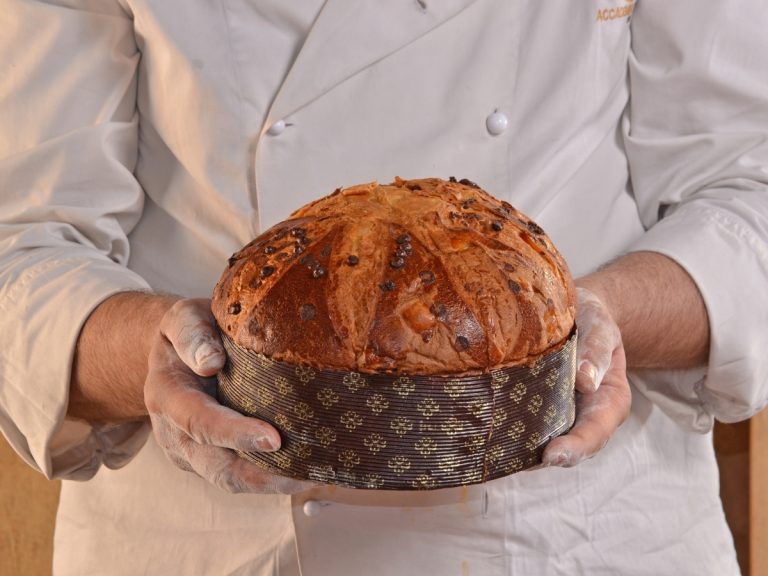
 The oil always moves north, reaching England. How the map of olive trees is changing due to climate change
The oil always moves north, reaching England. How the map of olive trees is changing due to climate change The Nobel Sandwich we tried at CERN, just steps from antimatter
The Nobel Sandwich we tried at CERN, just steps from antimatter The two young talents from Gattinara revolutionising Italian cuisine
The two young talents from Gattinara revolutionising Italian cuisine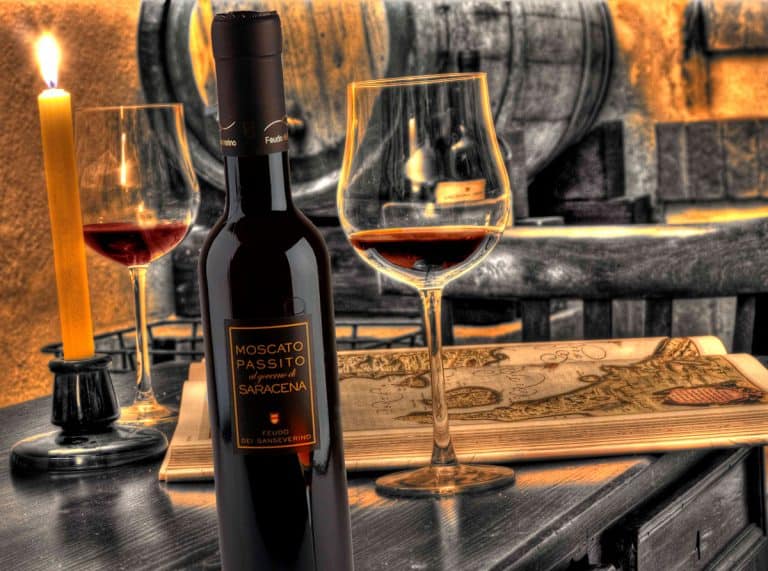 Here is the Meditation Wine of the Year according to Gambero Rosso
Here is the Meditation Wine of the Year according to Gambero Rosso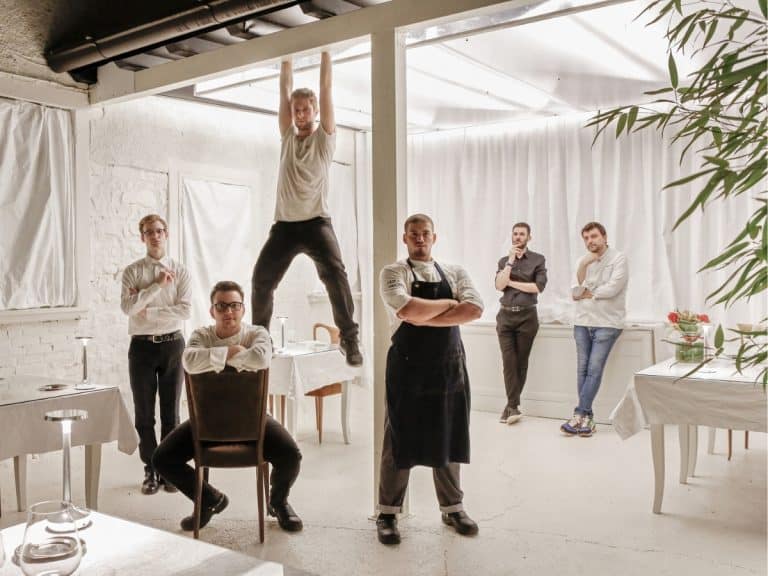 The 6 new 'Tre Forchette' restaurants of Gambero Rosso: here they are
The 6 new 'Tre Forchette' restaurants of Gambero Rosso: here they are



